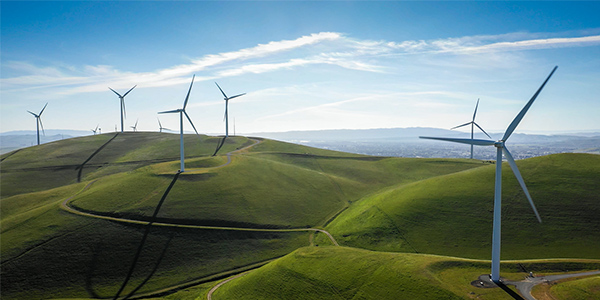Eight of California’s community choice aggregators said Monday they will join forces to create one of the state’s largest procurement entities to buy renewable energy and storage capacity.
Together the CCAs in Northern and Central California represent 2.6 million customer accounts with load equivalent to about 40% of Pacific Gas and Electric, the state’s largest utility.
PG&E has 5.1 million customers, slightly more than the state’s second largest utility, Southern California Edison. San Diego Gas and Electric, the state’s third largest utility, has 1.4 million electric customers.
“Overcoming our climate crisis and making our grid clean and reliable will require the kind of strength in numbers that these eight CCAs are showcasing,” Peninsula Clean Energy CEO Jan Pepper said in a statement.
The members of the new joint powers authority (JPA), called California Community Power, are Peninsula, Central Coast Community Energy, East Bay Community Energy, MCE (formerly Marin Clean Energy), Redwood Coast Energy Authority, San Jose Clean Energy, Silicon Valley Clean Energy and Sonoma Clean Power. A ninth CCA, CleanPowerSF, is pursuing membership.
The JPA, an organization of public entities representing separate jurisdictions, will have greater negotiating power and be able to procure larger amounts of renewable and storage resources than individual CCAs, members said.
“Over the years, as the CCA movement has grown, there has been an increase of CCA joint procurement efforts for large-scale renewables and energy storage projects,” Beth Vaughan, executive director of the California Community Choice Association (CalCCA), said.
One combined effort involves procuring 500 MW of long-duration storage in a 10-year contract. The request for offers was issued in October and the CCAs are evaluating proposals, with a final decision expected by July.
CCAs have spread rapidly in the past decade, drawing ratepayers from the state’s three large investor-owned utilities, and now serve roughly 11 million customers in 190 cities and counties, according to CalCCA. Many have more aggressive clean energy goals than California’s mandate, under Senate Bill 100, that load-serving entities (LSEs) provide retail customers with 100% clean energy by 2045.
Divisions remain, however, with some lawmakers and state regulators concerned about whether CCAs can procure sufficient resources to meet demand. (See Calif. Lawmakers Reveal Growing Divisions over CCAs.)
In June, the California Public Utilities Commission named PG&E and Southern California Edison, the state’s two biggest investor-owned utilities, as central buyers to procure resources for LSEs in their service territories, including CCAs, that are unable to meet demand. (See California PUC Approves Microgrids, Fire Plans.)
Whether the formation of the JPA alleviates concerns about CCAs resource adequacy remains to be seen.



